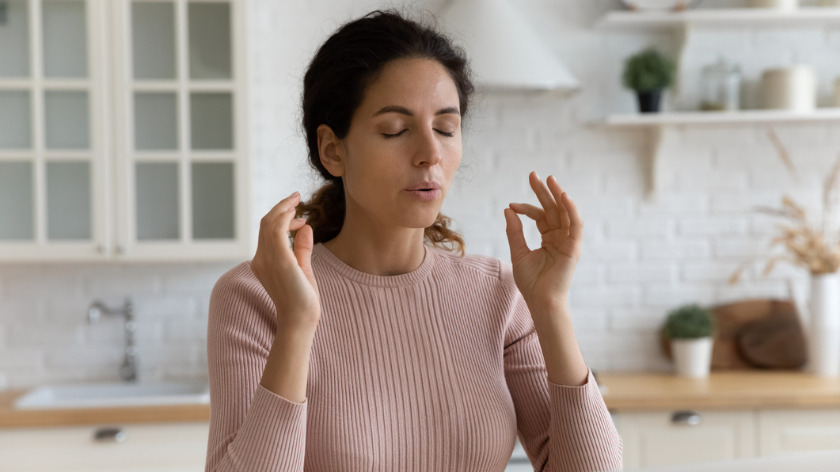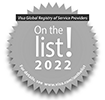This month’s Healthy Habit Hack: Practice. Practice. Practice.
Welcome to the final hack of the 2022 Healthy Habit Hacks blog series! We’ve been here all year supporting you in converting healthy intentions into healthy habits. To close it out, we’ll talk about the value of practicing when starting new and breaking bad health habits.
You’ve likely heard that practice makes perfect. Maybe you’ve even heard that if you put your 10,000 hours in, (1.) you’ll automatically become an expert. However, when it comes to changing health behaviors, the term practice has a slightly different meaning. Practicing isn’t about honing your skill but it’s about repeating the desired action so that it becomes a habit.
Starting new habits
(Okay we know that it’s December and most people start healthy habits in January – but did you know, you can make any day a fresh start? Just be sure to make it relevant to you: You could choose the first day of winter to start a winter sport? Or Sunday to start your daily meditation?)
When starting a new healthy behavior, like eating more vegetables or exercising more, strive to make it habitual. Automatic. You don’t have to think about it. You just do it. A true habit. Making it automatic spares your mind from having to think too hard. Science shows that when a behavior is automatic, it frees up our conscious attention and mental resources, also known as working memory (2.) which gives your mind the ability to focus on other challenges when they come along. Furthermore, when we’re under stress, we tend to revert to whatever is automatic, which makes it especially important to have healthy habits in place. For example, let’s say you have a very tight deadline at work which is stressing you out. If you snack on chips and chocolate when snacking or bored, you’ll resort to those behaviors even more so but if you listen to music or meditate often, you’ll likely resort to those behaviors when feeling stressed by your deadline. Alas, the perfect time to practice a new habit is not when you’re stressed – it’s when you’re in a relatively stable state of mind. Now let’s get back to making your healthy behavior a habit. Again, you must practice it. It doesn’t have to be perfect, but you will want to repeat it. Over. And over. And over again. In fact, some experts say 66 days is the magic number – which for a daily habit is 8 to 10 weeks. The literature also suggests that the more complicated the behavior, the longer it may take to form a habit. Channel your awareness, effort, and energy into making the desired behavior a habit so that ultimately, it takes minimal effort to practice the behavior and it becomes a habit. (2)
Breaking a bad habit
Because habits are well, habitual, even the bad ones show up if they’re engrained in our usual day, making it hard to break them. Gradually replacing counterproductive habits such as eating sugary foods or sitting is one way to break the habit. Start with making the effort to replace at least one sugary food a day with a healthier option like a piece of whole fruit, yogurt, or cup of herbal tea. Or make the effort to walk a flight of stairs at the hour to break up sitting – start with two or three hours of the day and go from there. Practice the new behavior. Over and over. And over again. Until the desired behavior is habitual. Automatic. Requiring minimal effort.
To sum up the practice hack, choose a healthy goal and then simply give it a go – go for it, practice it. And practice it. And practice it some more. And it will become automatic. You can do this!
As a reminder, we’ve shared these monthly hacks so far this year:
- Start where you are
- Track your actions
- Break goals into small steps
- Find your joy!
- Explore your why
- Reward yourself
- Make cues work for you
- Keep trying
- Dig-in to what stops you
- Call on support
- Get the facts
References
- https://www.newyorker.com/sports/sporting-scene/complexity-and-the-ten-thousand-hour-rule
- Gardner B, Lally P, Wardle J. Making health habitual: the psychology of ‘habit-formation’ and general practice. The British Journal of General Practice. 2012;62(605):664-666.






